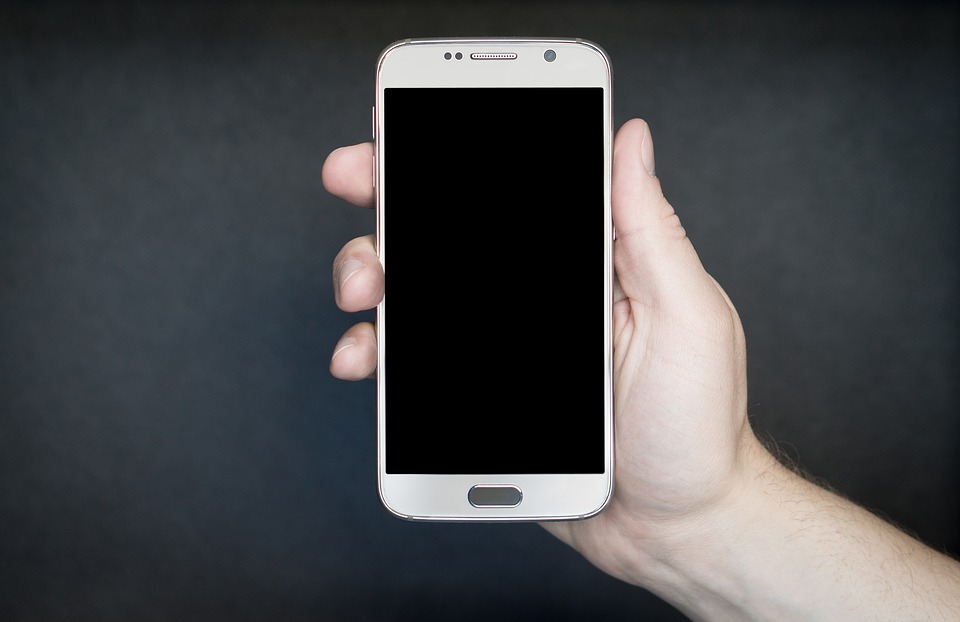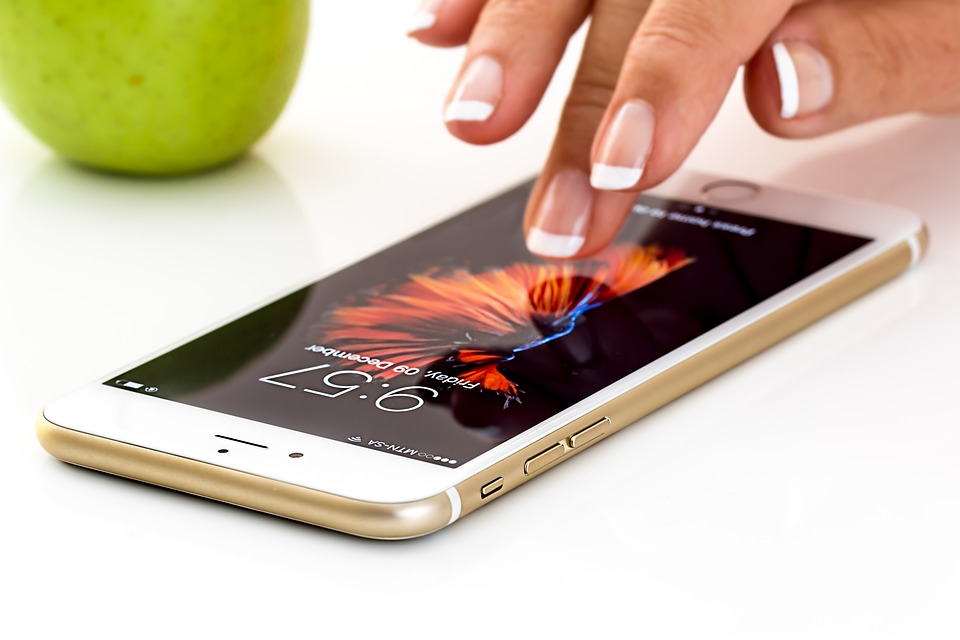A Guide to Smartphone Marketing
Do you remember when the first keypad cellphone was released back in 1983? It was considered to be a revolutionary invention that helped made communication so much easier. Gone are the days wherein people had to find a telephone booth just for them to call someone or carry a very bulky and heavy phone that reduced the person’s mobility. You may also see marketing strategy examples in doc.
Fast forward 9 years later to the unveiling of the first-ever smartphone developed by IBM (or International Business Machines). Also called Simon Personal Communicator, the smartphone featured a monochrome LCD touchscreen measuring 4.5 inches by 1.4 inches, that also came with a stylus. Aside from its calling capabilities, you could also use the Simon to send and receive emails, faxes, and pages.

There are a number of built-in features including notes collection you could write in, an address book that looked like a file folder, calendar, world clock, and a way to schedule appointments. 15 years after, the very first iPhone came out, and it was truly an invention that was noteworthy and perhaps even life-changing. Although many other brands of smartphones were already released during this period, the iPhone was still a favorite choice among the consumers because not only was it because of the Apple brand, but also for the fact that the iPhones were considered ahead of its time in the history of smartphones. You may also like marketing plan examples & samples.
It is now 2018, you can guess as to the number of technological advancements that were made: better camera, high-resolution video, bigger RAM (random access memory), larger internal storage, wider screen, increased battery life, better screen quality, more and newer camera features (e.g. smartphones that have the same features as that of a DSLR (digital single-lens reflex) camera, fingerprint scanner, an improved and a more enhanced operating system, and there’s probably still more features that are not listed here. You may also check out marketing checklist examples & samples.
So, here’s the question? How do people do it? How do people manage to advertise or market their smartphones when everything offers more or less the same features? What makes your brand of smartphone different from the rest? You just have to be creative as to how you are going to advertise or promote it.
In 2013, there was a commercial that went viral as it depicted a wedding that turned into a bloodless and comedic war between Apple and Samsung users as to which phone brand is better. At the closing scene, it shows the 2 servers or attendants using phones of their own videoing the commotion. But it was not Apple or Samsung, it was Nokia’s new Microsoft phone- the Lumia. And thanks to the said commercial, Nokia’s Lumia Windows Phone sales hit a record high in the recent quarter for that particular year. Sometime in the third quarter of 2017, Apple released the iPhone X to the public which has not really managed to generate enough sales. You may also see marketing report examples.

The promotional advertisement for this particular phone follows that of the iPhone 7’s “Don’t Blink” commercial which is just plain recycling. But just before the year ended, Samsung released a commercial entitled “Growing Up”. This commercial gives the viewers a story of a dedicated iPhone user who has been an iPhone user since 2007. And in the course of growing up, he meets his significant half who is using a Samsung Galaxy phone as he notes that there are more advantages to a Samsung Galaxy phone (e.g. inclusive stylus, immediate water-resistant, wireless charging, large internal storage).
At the end of the video, he discards his iPhone and switches to a Samsung Galaxy phone. Again, there is no right or wrong way to how to market your smartphone. It’s all a matter of how you use and exercise that creativity. Here are a few aspects that you would need to consider when you first make your marketing plan for your smartphone:
Current Marketing Situation
It is important to understand you are the ballgame that your smartphone company is in. Remember that in business, it’s always war with the objective of making a profit at the lowest possible cost. Here is an example of a marketing situation: The leading company with regards to market share is Nokia which has 45 percent of the global market share. The second company is research in motion the inventors of Blackberry which has a 13 percent share globally but is the largest market share holder in the US with a 42 percent market share. Apple product the iPhone is the runner-up with a market share of 20 percent. You may also see how to create an executive summary of a marketing plan.
Market Description
Now that you have your marketing situation, we can now proceed to writing the market description. Before even writing this section, you have to first understand your product and what functions and services it can provide the clientele. Next thing you would have to think through is the kind of consumers you are aiming for. What demographic and psychographic is your phone trying to market? Writing this section requires heavy analysis with several staff members who have a general understanding of what kind of people purchase their products. You may also like successful marketing campaign examples.
Product Review
Selling phones and mobile devices to consumers need the sellers themselves to have product knowledge. If they do not know what kind of phone they are selling in the first place, how would they convince customers to buy it? And, even if they did have the product knowledge, how would they use that knowledge to translate into something that the customers can comprehend easily? In some cases, there are some details that are easier to explain (e.g. camera features, screen display, operating system, battery life) in which the public can understand for themselves. But when it comes to the technological jargon, you would need to familiarize yourself with it. You may also check out define marketing plan and its purpose?
Competitive Review
After listing down the first three aspects, it is high time that you started enumerating on the number of competing brands that you are up against. It does not have to be too complicated, it just has to be simple and easy enough for the board to note what kind of products they are selling and whether it is different or not. It can be written just like this: Nokia’s number of smartphones offer full keyboards and models without the full keyboard for users who do not need them that also offer multimedia capabilities are now available with a Windows or an Android operating system. Apple’s second competitor has the iPhone 3G that is well equipped for music video and web access. You may also see marketing strategies for small businesses.

SWOT Analysis
1. Strengths. In marketing, it is normal for a product to have its own SWOT analysis. For smartphones, what do you think is its core strengths? For iPhones, it’s normally their cameras and animojis, their operating system, and perhaps its other features that make an iPhone unique from the rest. You may also see marketing goals examples.
2. Weaknesses: Other than the price, what do you think is the weakness of an iPhone? Would it be the missing earphone jack set? For some it is an advantage, others, it is a weakness. Well, if you get to know a product very well and compare it with the other phone products, you might have an idea of the weaknesses of that phone. You may also like marketing questionnaire examples & samples.
3. Opportunities: Now that you have listed down the strengths and weaknesses, it’s time to lay down on what are the opportunities that might be untapped. In the case of Nokia, it is a good sign that they are already making use of the Android operating system. But, what else do you think that Nokia smartphones can work on? List that down. You may also check out relationship marketing examples that make an impact.
4. Threats: And when there are opportunities, there are also threats. Do you consider the competition to be a threat? What other factors serve as a threat? List it down.
There are many other factors that you can also consider, but once you have these already, the rest of the marketing strategy can work out.


